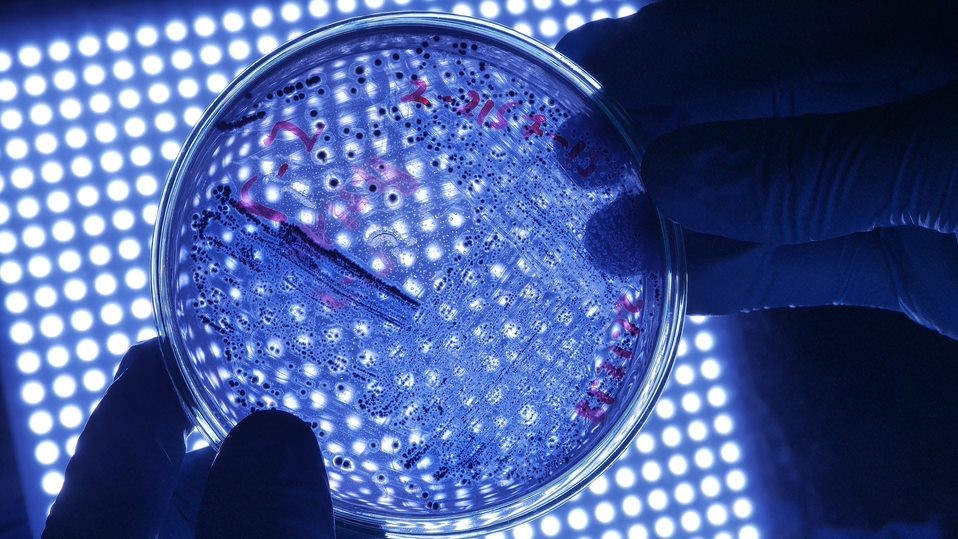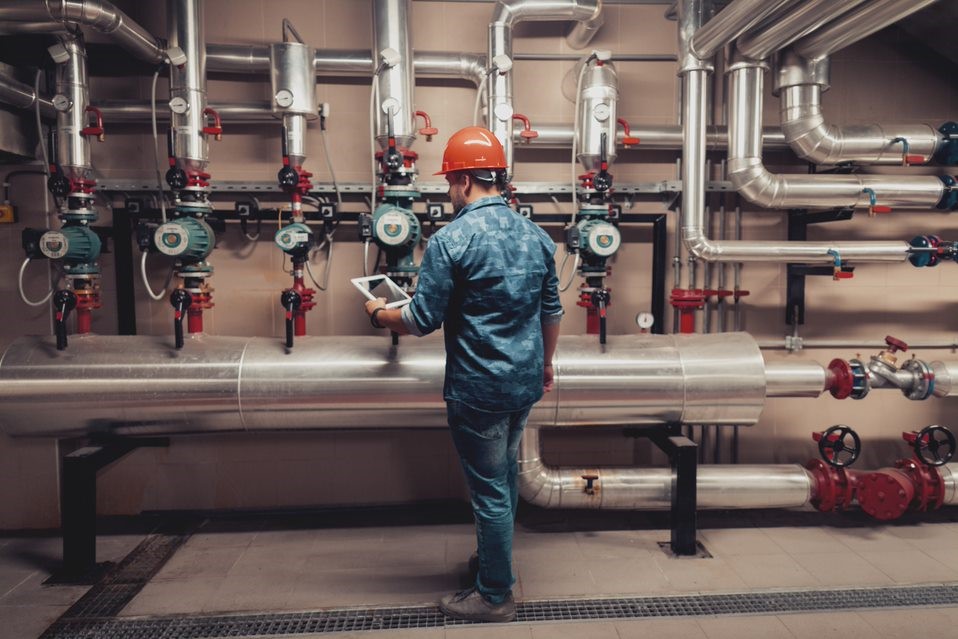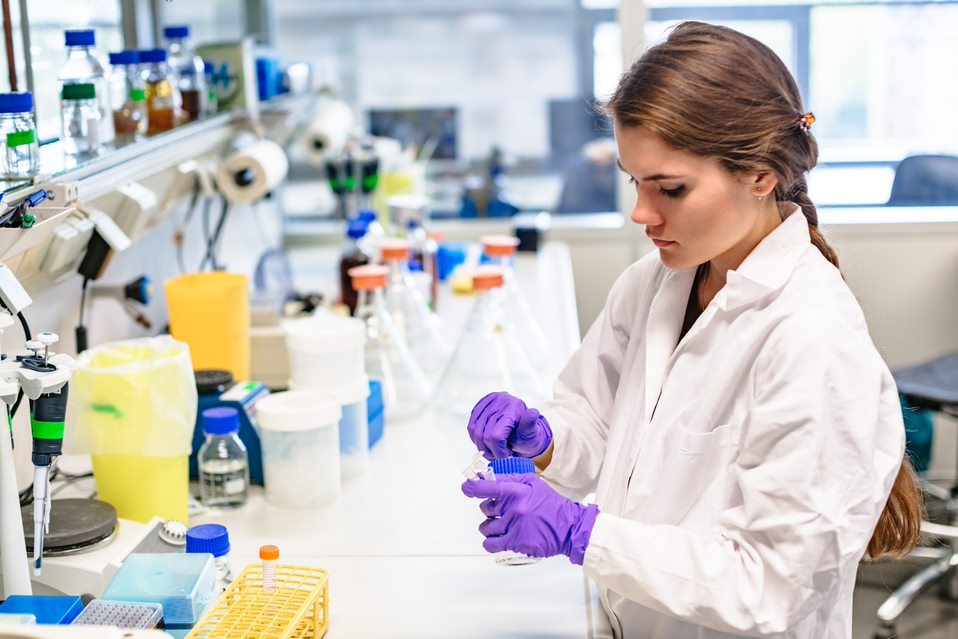
September 7, 2022
Do Not Neglect Legionella Safety
The CDC estimates that 9/10 Legionella outbreaks could have been controlled with “more effective water management.” Poorly maintained or designed cooling towers and water systems have a high risk of contracting Legionella Pneumophila. This bacterium can be very deadly to contract. Legionella’s illnesses are known as Legionellosis, Legionellosis comes in two types: Legionnaire’s Disease and Pontiac Fever. Legionnaires’ Disease name comes from 34 people passing away from a dirty cooling tower that infected the air they were breathing. It is becoming more common as the annual case numbers have gone up more than 4 times in the last 20 years. As such, it is especially important to follow proper cooling tower Legionella control procedures. Legionella is a common bacteria found in nature, while it may not be possible to 100% prevent Legionella, we can use control measures to significantly reduce the amount of it.
1. Asses Risks
Cooling towers can get their water intake from a variety of sources. It is important to assess where the water is coming from to determine how the water should be treated. City water is less likely to have Legionella coming in as it is potable and suited for drinking. Surface and groundwater are more likely to contain contaminants until they are treated. To control this it is important to develop a proper chemical water treatment plan. This plan consists of using products such as biocides to combat microbiological growth and biofilm that can harbor Legionella. An additional factor to consider is how far away the cooling tower is from people. A rooftop cooling tower next to a busy, city street is more susceptible to spreading Legionella than inside a manufacturing plant.
Assessing risks for Legionella and performing all of the proper control techniques are highly technical procedures. To receive help from water treatment experts at Chardon contact us here.
2. Control Stagnant Water
Flushing dead legs or piping that has low-flow weekly will help control Legionella. Bacteria like Legionella thrives in stagnant water. “Dead legs” are a mechanical design flaw that refers to pipes in the plumbing that are not frequently used and allow water to build up. They usually are only connected on one side and capture excess water. This allows Legionella to grow and once it comes in contact with the flowing water again it can easily spread around the whole system. Additionally, it is especially important to consider stagnant water when replacing or moving cooling tower systems. Often, instead of uninstalling all of the piping, people will leave the dead legs attached. Even if this is just for a few months, which is enough time for Legionella to develop by the time a different cooling tower is attached to the system.
3. Implement Biocide Treatment Plan

It is important to utilize biocides to help control Legionella in cooling towers. Oxidizing biocides is a quick way to kill bacteria in a system and non-oxidizing biocides slowly kill bacteria, yet remain in the system much longer. The proper way to go about this is to utilize both products as they kill Legionella in different ways and last for varying amounts of time. In addition to directly killing the bacteria, biocides are useful in preventing biofilm which can harbor these organisms. Biofilms work as a protective shield from the elements that can harm Legionella. To automate your feed of these biocides it is recommended to install a biocide timer.
4. Regularly Clean
Regularly cleaning and disinfecting a cooling tower can kill Legionella that is growing and help control the conditions for it to grow in the future. Removing sludge and other debris from the basin gets rid of stagnant, organic environments where Legionella can thrive in. You will want to remove any sludge or debris you find during your cleaning process. After this, chlorinate the system with sodium hypochlorite, NaOCL, or calcium hypochlorite. Next, you will want to clean the hot deck with a water hose. Then, it is important to disinfect the tower basin and the fan housing. The housing is where bacteria become airborne and transit into people in the surrounding area. Clean the distribution pan, tower surfaces, and bases as well. Then vacuum the tower sump.
5. Implement Clean Operation Procedures
Legionella does well in temperatures between 68°F-113°F 20°C-45 °C. Due to this, you should consider lowering your temperatures as much as you can. Additionally, your blowdown procedure should be consistent and it should be tailored to how many cycles the water can run in your specific system. Certain water needs to be dumped more frequently to control Legionella from growing depending on its composition. Regular filtering of debris in the water will help prevent contaminants that enter the system from harboring Legionella. These could include organic life from outside the system such as birds and leaves. When operating your cooling tower it is important to also follow any recommended manufacturer’s guidelines to keep it clean.
6. Test Frequently

Legionella outbreaks that occur as a result of a cooling tower come with high health and liability concerns. By following the control guidelines mentioned the risk of testing positive for Legionella dramatically decreases, however it is still a risk. Regular testing helps find problems in Legionella control plans. Every 3 months tests should be performed at various sampling points on the cooling towers. If Legionella is found it is important to disinfect the whole system. This is usually done first by shutting off the system. Then by chlorinating all of the cooling towers and connecting water lines. Then, you will want to physically clean the tower and disinfect it. After this, flush the entire system. Weekly testing should then be utilized for 3 months to ensure that Legionella is completely gone from the system. Additionally, you should evaluate the cause and potential risks for future outbreaks. The best way to go about Legionella is to use control techniques. An important fact to consider is that preventative measures will not guarantee an outbreak of Legionella to not happen. Legionella is a naturally occurring bacterium in nature and is very common.
Testing for Legionella as well as all control programs through regular water treatment are services that Chardon offers. To get help from experts in Legionella and water treatment click here.

Matt Welsh
Matt Welsh is the Vice President and Water Consultant at Chardon Labs. He helps consult a wide range of customers utilizing various methods of water treatment, from chemical to chemical-free approaches, large and small applications, and across a wide range of geographical influences. With 20 years of water treatment experience, including a wide range of troubleshooting and service in potable water and non-potable HVAC and industrial applications, he is an expert in water treatment chemistry for cooling towers, boilers, and closed-loop systems.
